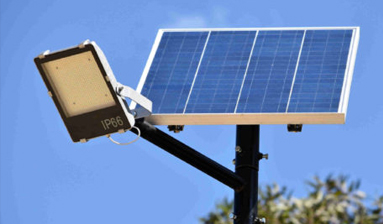

My country's smart light poles are generally in the pil […]
My country's smart light poles are generally in the pilot phase.
At the policy level, the current construction of smart light poles in my country is mainly based on local policies and plans. Guangdong, Hunan, Hainan, Jilin, Jiangsu, Shaanxi, Guangxi, Chongqing and other places have successively introduced relevant policies to promote the construction and development of local smart light poles. development of;
At the technical level, from the perspective of the development of smart light poles from 2016 to 2018, smart light pole hardware integration technology has been relatively mature, and the software-level unified IoT management and control platform has also been listed, but smart light poles want to play in smart cities Role, the development of software still has a long way to go;
At the level of pilot construction, the current domestic Beijing, Tianjin, Shanghai, Chongqing, Guangdong, Anhui, Hebei, Henan, Jiangsu, Zhejiang, Sichuan, Jiangxi, Fujian, Shandong, Liaoning, Heilongjiang, Hubei, Hunan, Hainan, Guizhou, Shaanxi, Ningxia 24 provincial-level administrative units in Hong Kong, Hong Kong and Taiwan have carried out pilot projects related to smart light poles.
Smart light poles are the natural carrying platform for the informatization construction of smart cities and have become a key factor in construction deployment.
First of all, street lights and their systems have a natural information perception and feedback platform in smart cities. City street lights have a complete and independent power supply system. Because of its unbalanced use characteristics and sufficient margin, it can meet the electricity demand of communication and information facilities without laying cables.
Secondly, network distribution is the biggest feature of street lamp layout. As the density of the road network increases, the characteristics of the network distribution will become more obvious and reasonable, and the blind spots will gradually disappear. The networked distribution of communication and information facilities without blind spots is the basic condition for achieving full coverage of smart city information. Among all municipal facilities, only street lighting systems can achieve networked distribution without blind spots.
The height of the street lamp and the internal cavity capacity are sufficient to load enough communication and information equipment with increasingly smaller and smaller volumes under the requirements of integrated design.
